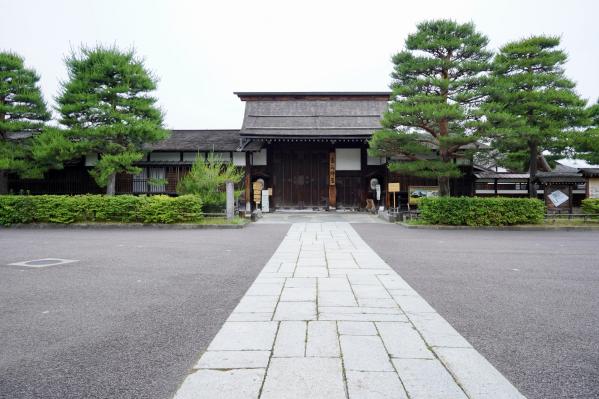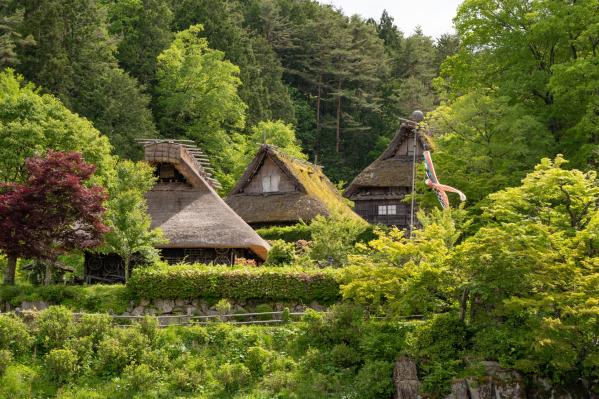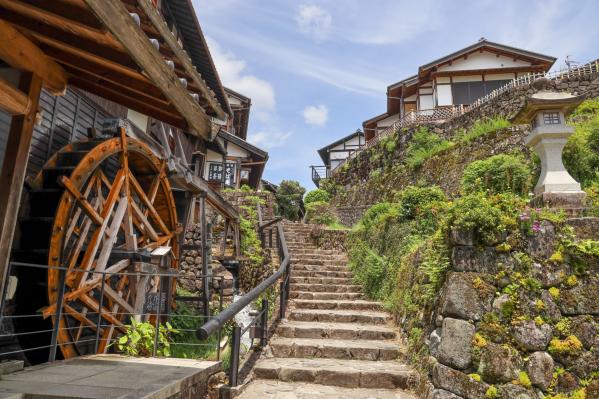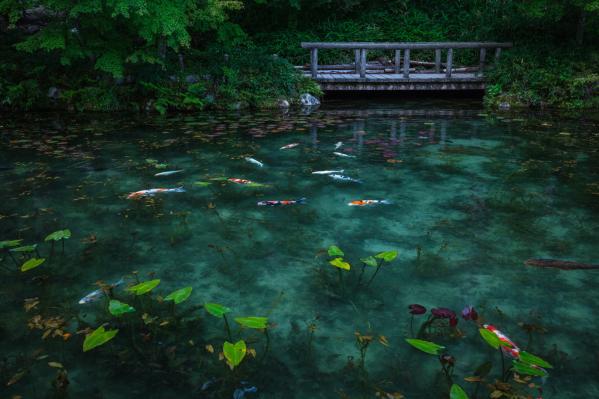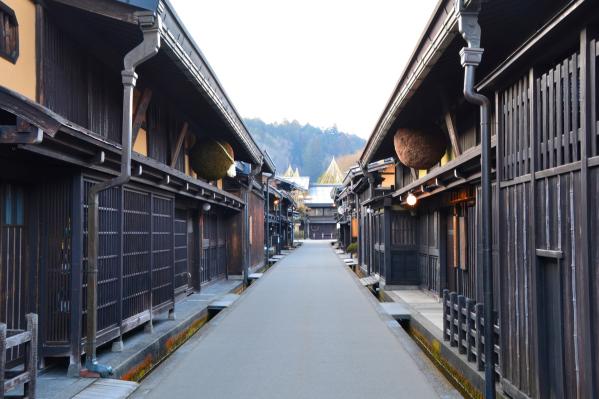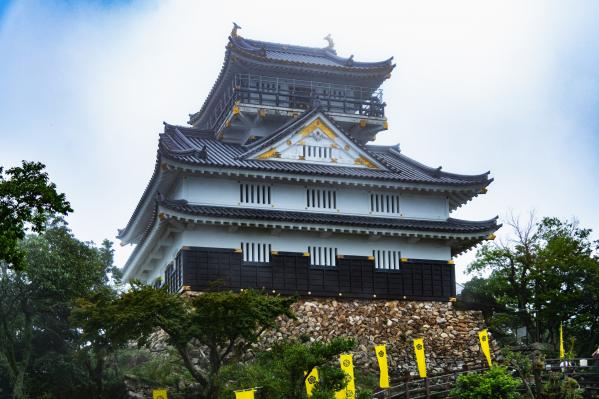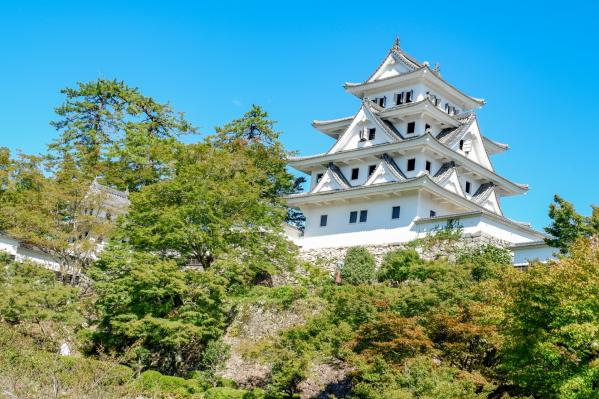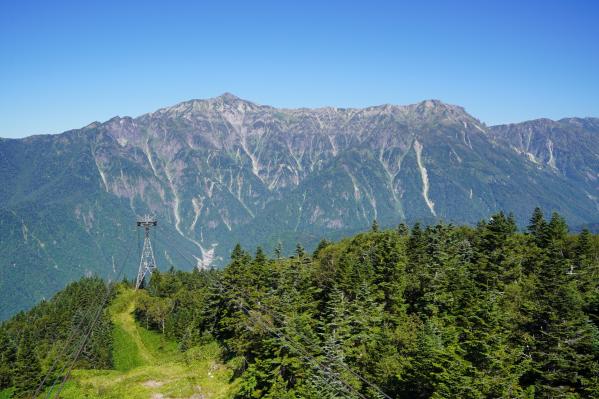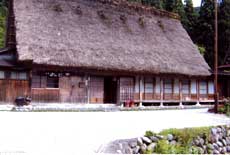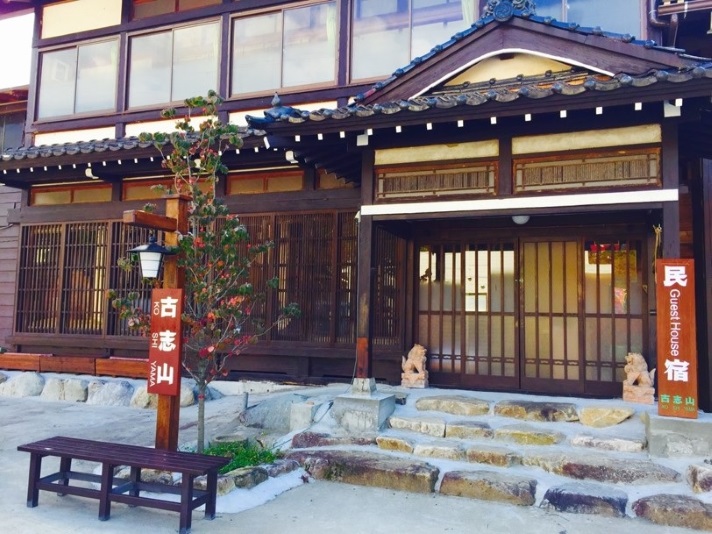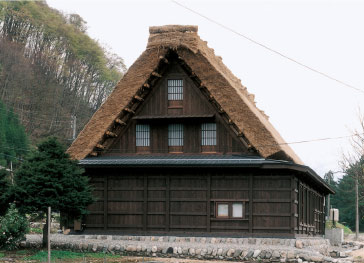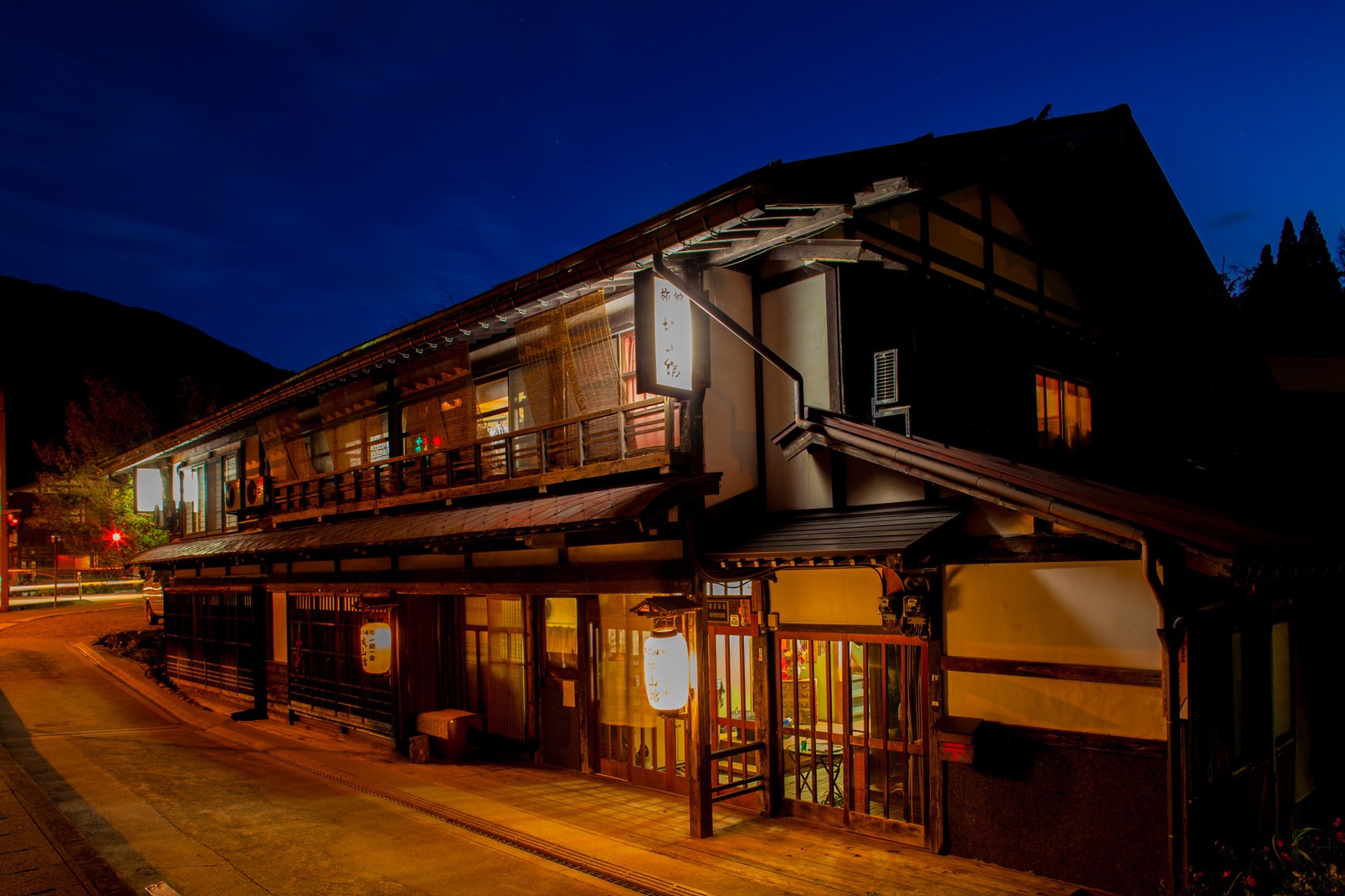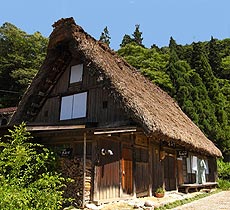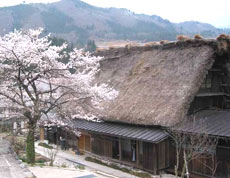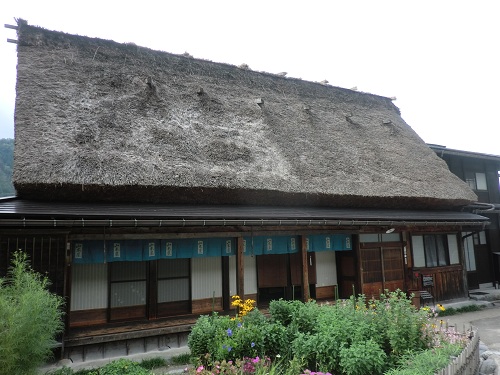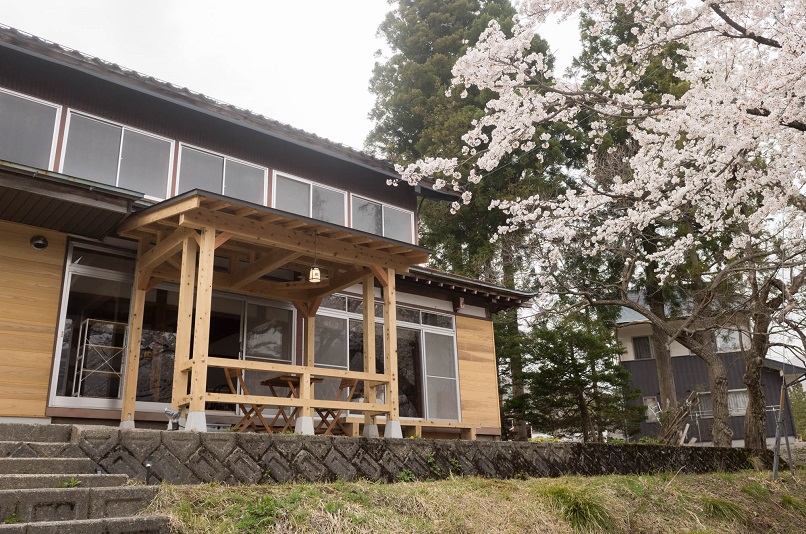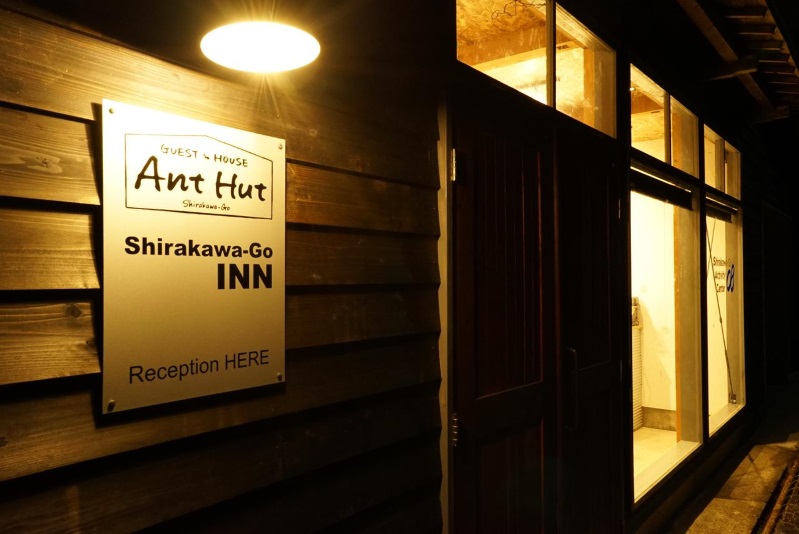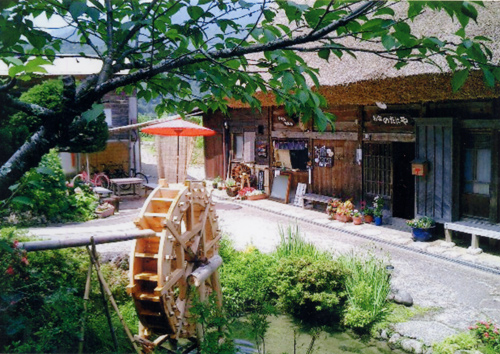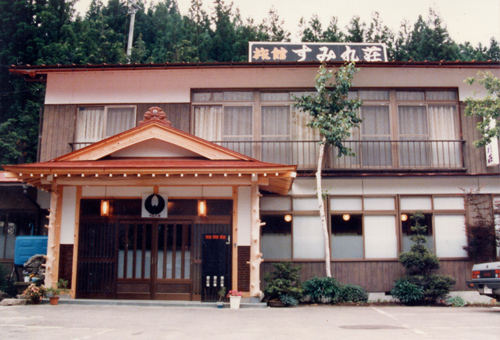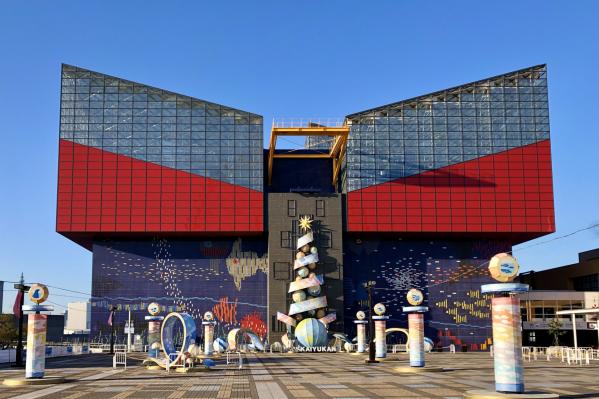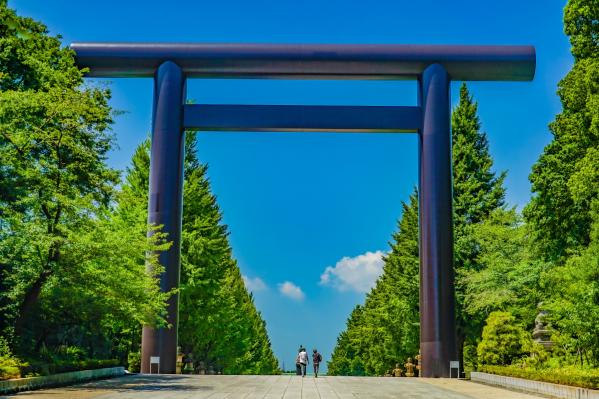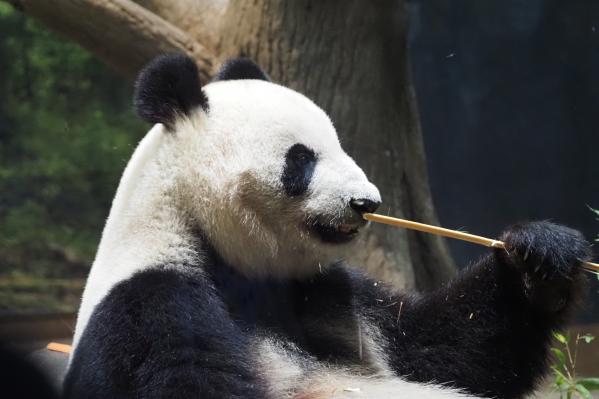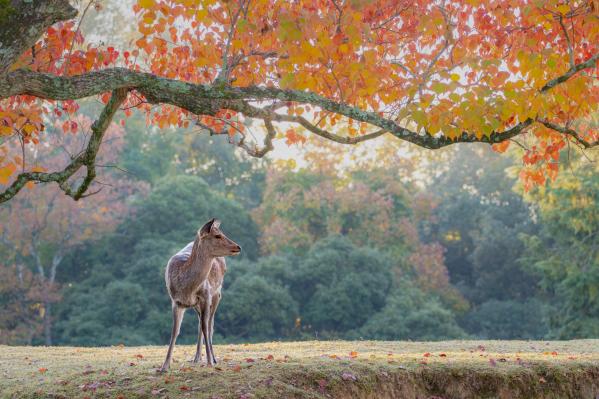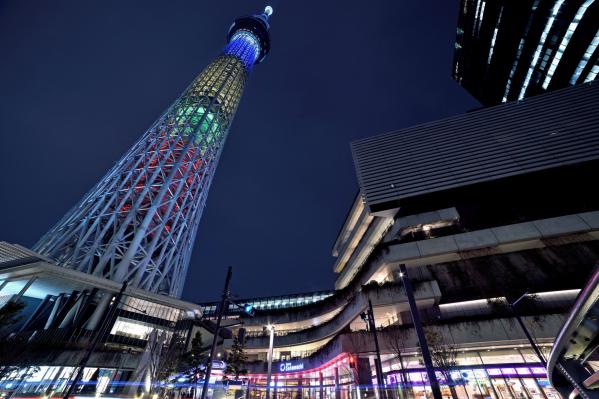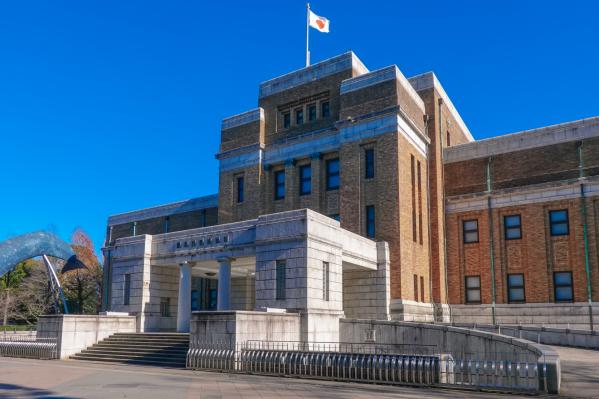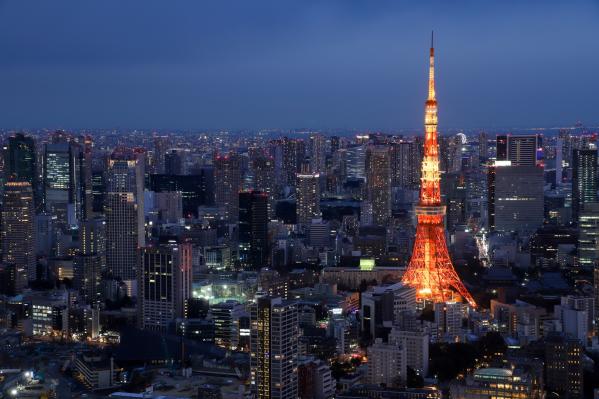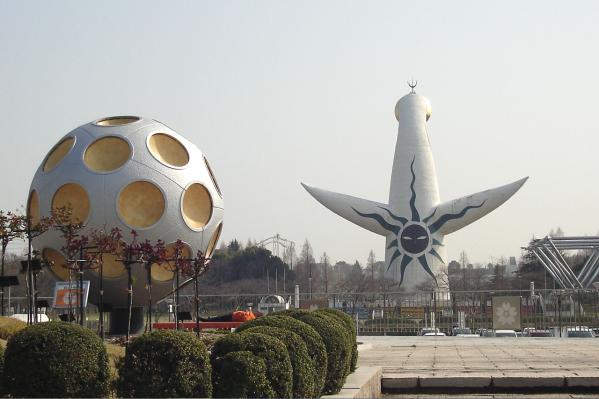
Shirakawa-go Historic Village
The characteristics of Shirakawa-go extend beyond its architecture. The community formed by the local residents, along with their spirit of mutual assistance, is highly valued. This system of local society has maintained the beautiful landscape and way of life over many years.
Recently, with the World Heritage designation and improved transportation networks, its popularity as a tourist destination has increased. However, its essential value remains intact, allowing visitors to experience the beautiful scenery that can be called Japan's original landscape and the ancient way of life. Shirakawa-go is a precious heritage of Japan, where nature and culture are in harmony.
Basic Information
- Spot Name
- Shirakawa-go Historic Village
- Location
- 〒501-5627 Ogimachi, Shirakawa Village, Ono District, Gifu Prefecture
- Access
- Tōkai-Hokuriku Expressway Sōkawa IC to National Route 158/156
Tōkai-Hokuriku Expressway Shirakawa-go IC to National Route 156
Tōkai-Hokuriku Expressway Gokayama IC to National Route 156
50-60 minutes by bus from JR Takayama Station, 75 minutes by bus from JR Kanazawa Station, 141 minutes by bus from JR Takaoka Station, and 165 minutes by bus from JR Nagoya Station. - Parking
- Approximately 40 large vehicles / Approximately 200 standard vehicles *Motorcycles allowed
- Business Hours
- 8:00 AM to 5:00 PM
- Contact Information
- Phone Number: 05769-6-1013
- Official Website
Map
Detailed Information
▶ Enjoying Traditional Wisdom, Craftsmanship, and Majestic Nature
Shirakawa-go, nestled in the great nature of Mt. Hakusan, offers hot springs, camping grounds, and ski resorts that make the most of the region's natural blessings. Visitors can enjoy nature walking to appreciate the seasonal landscapes. The "Gassho-zukuri Minka-en," where 25 traditional gassho-style houses have been relocated, provides unique experiences such as traditional plant dyeing, straw sandal making, and soba noodle making, which are special to this village. At the former Toyama family house, designated as an Important Cultural Property of Japan, there are events to experience making local bento boxes created by popular eateries in the village, and "Suttate-jiru," a local dish made from crushed soybeans using a stone mill, seasoned with a broth based on miso or soy sauce, often enjoyed during celebrations and festive occasions in Shirakawa-go.
Additionally, the "Wada House," a representative thatched-roof gassho-style residence that has been lived in for about 300 years, also designated as an Important Cultural Property, allows visitors to view the gassho-style houses and exhibits of artifacts and tools used by the locals which showcase their wisdom and craftsmanship. Hirase Onsen, located just 15 minutes by car from the gassho village, draws its spring water from a source at the foot of Mt. Hakusan 13km away. At the Daitakugawa Park, you can enjoy rich natural wonders such as lush beech forests and emerald green lakes.
▶ Shirakawa-go: A Place of Historic Festivals and Local Performing Arts
In the Hida region, Shirakawa Village is set in a rugged mountainous area, with the Shogawa River flowing between steep slopes that have formed villages along its banks. Shirakawa Village is also known as one of Japan's heaviest snow areas, historically being called a hidden region because of the winter isolation from surrounding areas. Events to preserve traditions of prayer for harvests and offerings within the village are held in Shirakawa-go.
Among them, the "Doburoku Festival" is a historic festival unique to Shirakawa-go, held in the bountiful autumn. Various shrines in Shirakawa Village host events featuring sacred rites, lion dances, folk songs and dances related to history and local legends. As the name suggests, "doburoku" (a type of unrefined sake) is served during the festival and also offered to attendees as a notable feature of the event.
In May, the "Rice Planting Festival" showcases traditional rice planting scenes. Young maidens from Shirakawa-go perform hand planting while singing planting songs against the backdrop of gassho-style houses. Furthermore, on New Year’s Day afternoon, members of the Shirakawa-go Harukoma Preservation Society dress as the Seven Lucky Gods or dancers and visit the gassho village, dancing to songs in a performance called "Harukoma," embodying the region's rich history and tradition through various events.
▶ The Four Seasons of Shirakawa-go
Spring
As temperatures rise, snow begins to melt around March. Cherry blossoms bloom from mid-April to early May, signaling a gradual warm-up.
Summer
With the sprouting of fresh greenery and the sight of lush mountains, Shirakawa-go offers a refreshing experience that is hard to find in urban environments.
Autumn
The autumn landscape of Shirakawa-go is adorned with vibrant colored leaves. Visitors can enjoy the picturesque scenery when the entire village transforms into hues of autumn, with the best time for viewing foliage being from late October to mid-November.
Winter
During this snow-laden season, Shirakawa-go hosts winter illumination events, showcasing an enchanting and beautiful landscape covered in a pristine white blanket of snow.
#Traditional culture experience #Townscape/Bikan Historical Quarter #Cultural assets/historic sites
Shirakawa-go Historic Village Movies
Gifu Tourist Attractions
View ListTakayama Shrine
Takayama Jinya is a location where the governors and officials of the Edo period conducted their administration, and the term "Jinya" refers collectively to the offi...
Hida no Sato
Hida no Sato is an open-air museum featuring over 30 traditional gassho-zukuri houses that have withstood heavy snowfall, representing Hida's architectural heritage....
Magome-juku
Magome-juku is a historic town that prospered as a post town on the Nakasendo route. It retains the charm of the Edo period, with its cobblestone paths and tradition...
Mone no Ike
The Nameless Pond, commonly known as "Monet's Pond," located in Itadori, Seki City, Gifu Prefecture, features highly transparent spring water and beautiful water lil...
Hida Takayama Old Town
The "Old Town" of Hida Takayama consists of three main streets that developed as a merchant town and served as the center of a castle town. Under the eaves lined wit...
Gifu Castle
Gifu Castle is a historic castle located in Gifu City, Japan, formerly known as Inabayama Castle. During the Warring States period, it served as the residence of Sai...
Gujo Hachiman Castle
Gujo Hachiman Castle is located in Gujo City, Gifu Prefecture, and it is Japan's oldest wooden reconstructed castle. Built by Endo Morikazu during the late Sengoku p...
Shin-Hotaka Ropeway
The Shin-Hotaka Ropeway, the first two-story gondola in Japan, spans a total length of 3,200 meters and takes you to a world above the clouds at an elevation of 2,15...





![日本の世界遺産 [007] 白川郷/五箇山/合掌造り集落/WorldHeritage/Shirakawago/Gokayama/Gassho-zukuri Village](https://i.ytimg.com/vi/2mdqlLz92pM/mqdefault.jpg)


